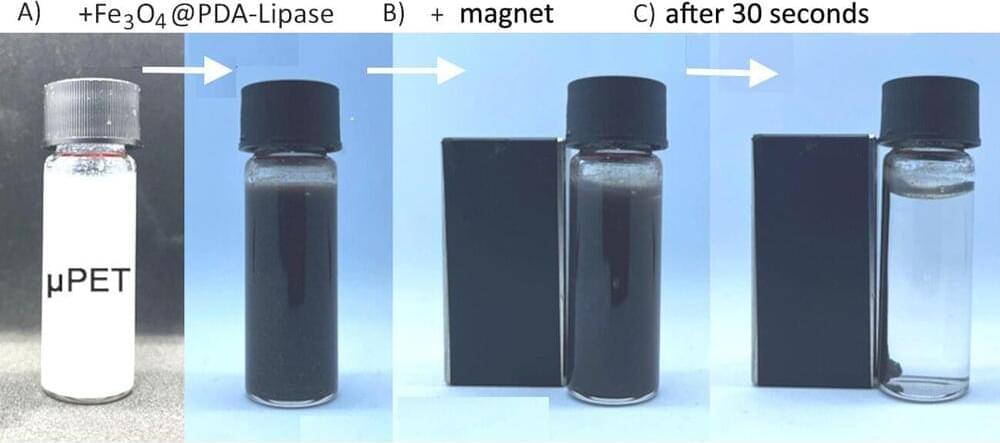Intel is planning to launch its next-gen Arc Battlemage desktop GPUs next month, competing in the mid-range segment against Intel & AMD.
Intel Expected To Reveal Decisive Information Around Arc Battlemage “Desktop” GPUs Next Month, Setting The Tone For Next-Gen GPU Markets
Although Intel’s first-gen Arc Desktop GPUs saw little success in the gaming segment, the next-gen is now planned for an unveiling next month.








